Dashavatars of Lord Vishnu: Story & Symbolism of Lord Vishnu’s 10 Avatar
The first avatar, Matsya (fish), saved the world from a great flood, while Kurma (tortoise) supported the cosmic churning of the ocean. Varaha (boar) lifted the Earth from the sea, and Narasimha (half-man, half-lion) destroyed the arrogant demon Hiranyakashipu. Vamana (dwarf) humbled the mighty king Bali, and Parashurama (warrior sage) punished unjust rulers. Rama, the eighth avatar, the ideal king, stood for truth and duty, while Krishna, the divine guide of the Bhagavad Gita, spread love, devotion, and wisdom. In some traditions, the ninth avatar is Buddha, who taught peace, compassion, and non-violence. The final avatar, Kalki, is yet to come at the end of Kaliyuga to end evil and restore a new age of peace.
Vishnu, who is also known as Narayana and Hari, is one of the principal deities of Hinduism as he’s worshipped as the preserver, forming the holy Trimurti with Brahma, the creator, and Shiva, the destroyer. He is also called the supreme being within Vaishnavism, titled as the god of preservation (dharma protector) who protects the world from chaos, evil, and destruction.
According to ancient Hindu scriptures, Lord Vishnu has incarnated to protect the world from evil. The concept of avatars holds deep spiritual significance, where the term avatar means descent, referring to the divine manifestation of a deity on Earth. Whenever good fades and evil wins, Vishnu incarnates in various forms to balance. These divine avatars are together known as the Dashavatars, 10 major incarnations of Lord Vishnu.
Vishnu Purana suggests that the incarnation of Lord Vishnu begins with the Matsyavatar (the shape of a fish), the first avatar, and concludes with the Kalki avatar, which is expected to appear at the end of the current age, Kaliyuga. Each of Lord Vishnu's avatars represents some spiritual purpose, moral lesson, and the triumph of good over evil. In this blog, we will explore the meaning and symbolism of the Dashavatars of Lord Vishnu through stories.
10 avatars of Lord Vishnu that have been giving a direction to humanity for centuries now
The 10 avatars of Vishnu, known as the Dashavatara, represent his different incarnations to restore cosmic balance and protect dharma/righteousness whenever evil or chaos threatens the universe in all courses of time:
1. Matsya avatar
2. Kurma avatar
3. Varaha avatar
4. Narasimha avatar
5. Vamana avatar
6. Parashurama avatar
7. Rama avatar
8. Krishna avatar
9. Buddha avatar
10. Kalki avatar
All the avatars of Lord Vishnu together are called dasavatara or dashavatara, ‘dasa means ten, and avatara means form.’ Here is the list and description of all the avatars of Bhagwan Vishnu in English:
1. Mastya avatar (the fish)
The story of Lord Vishnu's first avatar, the Matsyavatar, begins when he appeared as a massive gold fish to save humanity from a huge flood, and sage Manu was tasked to construct a massive boat. To honour this incarnation of Lord Vishnu, devotees carry the brass Vishnu idol as a symbol of divine protection during adversity. Matsya’s role reminds us of the eternal preservation of wisdom and the start of a new cycle of creation.
2. Kurma avatar (the tortoise)
The second avatar of Vishnu is the Kurma or Koorma, in which he transforms himself into a giant tortoise at the time of churning of the ocean (Samundra Manthan) to support Mount Mandara. Resting the mountain on his back, he provided the foundation and stability needed for the gods and demons to churn the ocean for amrit (nectar) extraction. Kurma avatar shows patience and the unseen support that sustains great endeavours.
3. Varaha avatar (the boar)
In the Varaha avatar, Lord Vishnu incarnated as a powerful boar to rescue the mother earth (Bhudevi) from the demon Hiranyaksha, who had submerged it at the bottom of the sea. After a battle of 1,000 years, Varaha raised the earth out of the water with his tusks. Varaha is depicted as either a full boar form or as a boar head on a human body. This avatar symbolises strength, courage, and the restoration of balance in the universe, after demolishing the evil.
4. Narasimha avatar (half-man, half-lion)
The story behind the Narasimha avatar is that Lord Vishnu came to protect his bhakt Prahlad from his evil father, Hiranyakashipu, who tried to kill him for being a Vishnubhakt. Emerging from a pillar at dusk, he tore the demon apart, bypassing the boon that made him seemingly invincible. This avatar showcases justice, the triumph of devotion over arrogance, and protection from tyranny, teaching that no evil can escape the power of truth and god’s will.
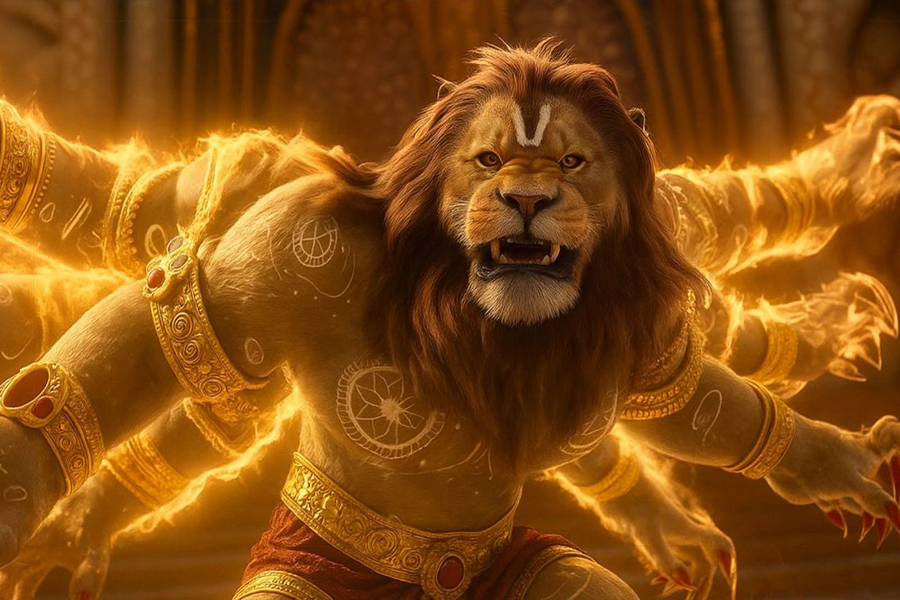
5. Vamana avatar (dwarf)
Lord Vishnu appeared as a dwarf Brahmin to humble the mighty king Bali, who had gained control over the three worlds. Disguised as a small Brahmin, Vamana asked for three paces of land. On Bali’s agreement, and with his divine power, Lord Vishnu covered heaven and earth in just two steps and placed the third on Bali’s head, sending him to the abyss or the pataal lok. This avatar of Vishnu Ji shows humility, righteousness, and the triumph of dharma over pride and ambition.
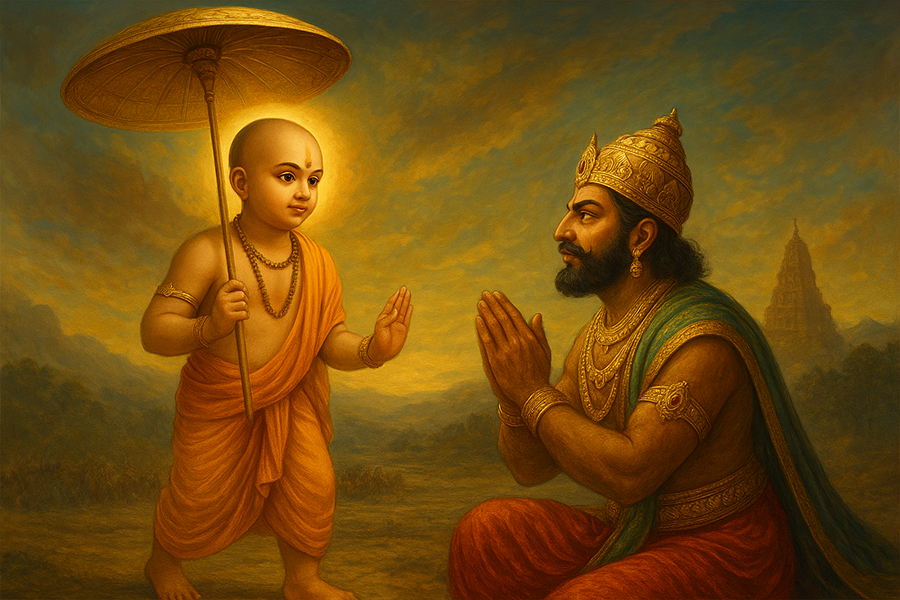
6. Parashurama avatar (the warrior sage)
Parashurama, the sixth avatar of Lord Vishnu, was born to rid the world of corrupt and oppressive Kshatriya rulers. Armed with a divine axe, he waged wars to restore righteousness and protect dharma. Symbolising divine anger and justice, Parashurama’s actions remind us that even divine patience has limits when injustice has the will to prevail. His life embodies the enforcement of moral order and the protection of truth through strength and discipline.
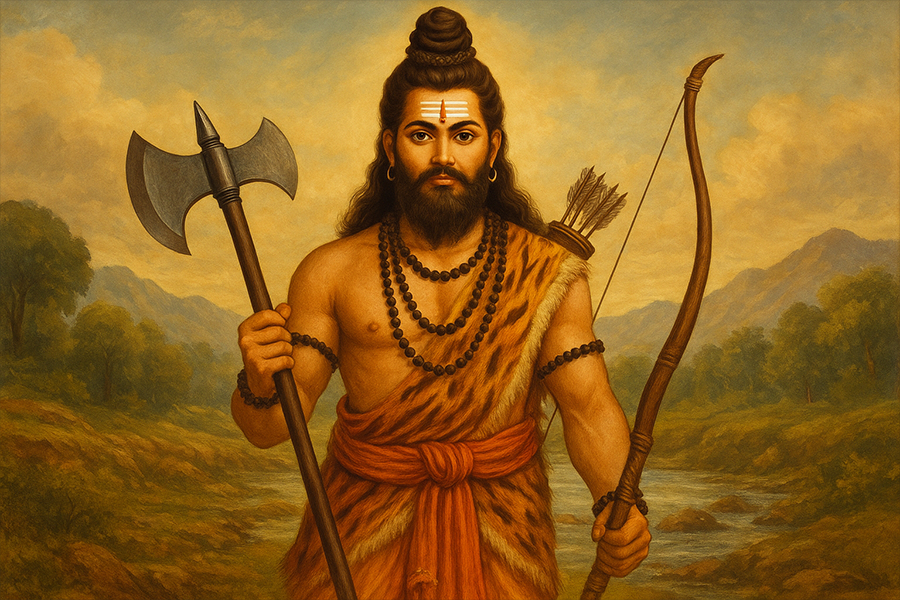
7. Rama avatar (the ideal king/Purushottam)
The noble prince of Ayodhya and the main character of the Ramayana is Lord Rama, the seventh incarnation of Lord Vishnu. He upholds dharma, honesty, and morality, embodying the ideal man (Maryada Purushottam). Exile, Sita's rescue, and the defeat of the evil king Ravana are all parts of Rama's journey. His life serves as a symbol of respect, devotion, and virtue, encouraging people to live honourably, compassionately, and with a steadfast commitment to moral obligation.
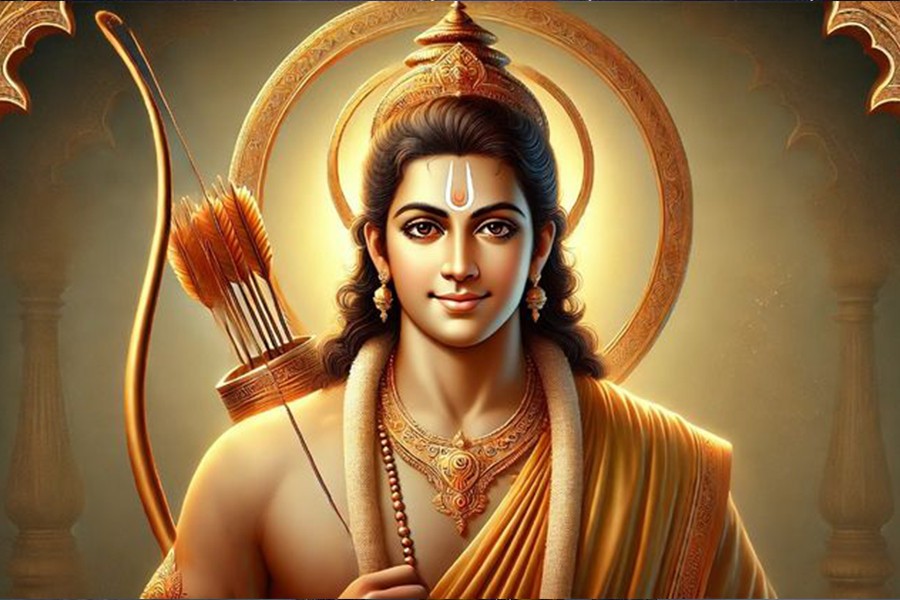
8. Krishna avatar (divine power)
The upholder of the Bhagavad Gita and the Mahabharata's powerful warrior, Lord Krishna, is the eighth avatar of Lord Vishnu, who directs us to trace kindness, love, and supreme knowledge. Krishna represents awareness and an unbreakable connection between the soul and the Supreme through his powerful teachings. He leads people on the path of devotion (bhakti), self-realisation, good deeds, and righteousness (dharma).
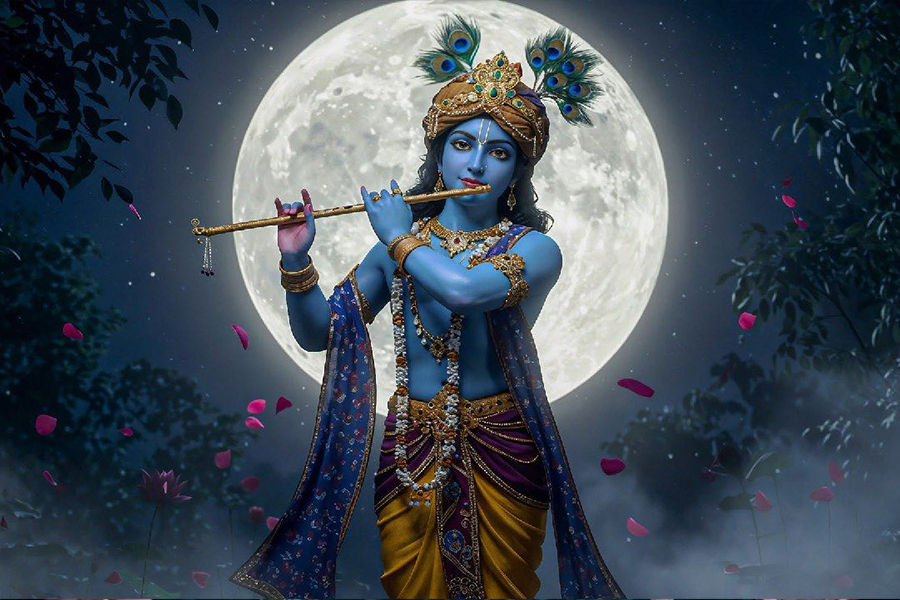
9. Buddha avatar (the enlightened one)
In some traditions, Lord Vishnu’s ninth avatar is considered to be Lord Buddha. To lead humanity, morality, and spiritual enlightenment, Vishnu incarnated as Buddha to teach detachment, compassion, and non-violence (ahimsa). His teaching guided people away from mindless rituals, prioritizing peace over violence. Buddha inspires a life with enlightenment, inner harmony, and the triumph of wisdom over ignorance.
10. Kalki avatar (the future warrior)
According to Hindu scriptures, Kalki is Lord Vishnu's last and tenth avatar, which is yet to appear, predicted to arrive at the end of Kalyuga or Kaliyuga. He is believed to end injustice, ego, arrogance, and evil deeds. It is said that when he arrives, all the chaotic humanity will end, and it will be the start of the Satyuga cycle all over again, with a new era, a clean environment, peace, and beauty all around.
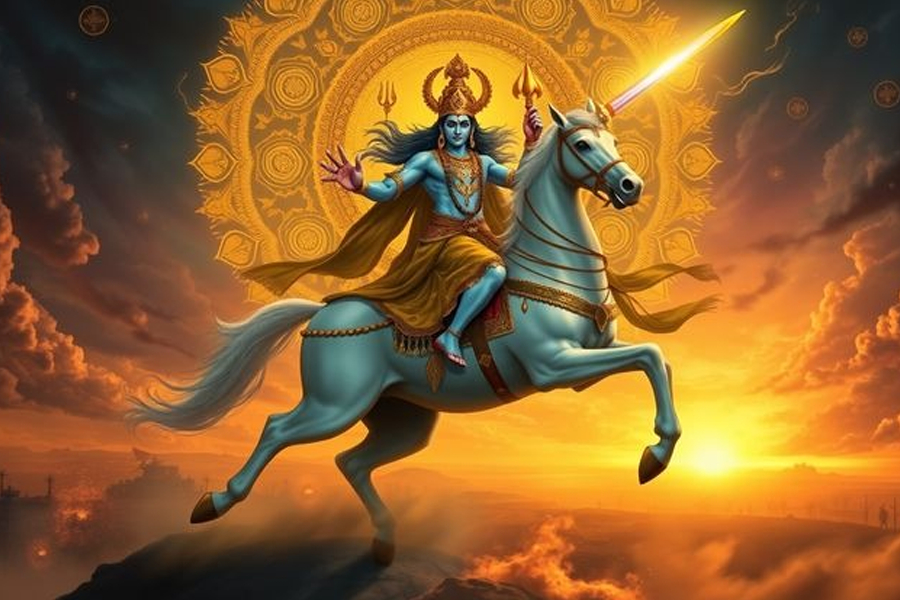
Also Read: Lord Shiva: The God of Gods 'Mahadev'
According to Hinduism, Lord Vishnu is responsible for maintaining and protecting the universe and bringing it back to balance whenever it’s affected. Lord Vishnu’s incarnations, from the aquatic Matsya to the futuristic Kalki, reflect the journey of evolution and humanity overcoming obstacles.
Want to know more about Vishnu's avatars' story or their importance? Give us a call at +918510007751, now!
Get in Touch
Have An Enquiry? Write To Us…
Related Packages
Related Blogs
Information Links and Downloads
Talk to Kailash Yatra Expert
Submit your contact number.
Kailash Yatra Expert will call You within 1 minute.
(24X7 Free Service, India Number only)
Get All Details on Mobile


Question and Answer
Related Packages
Related Blogs

We Got Featured in the Media
Stay Connected for All Updates!
For the latest updates on Kailash Mansarovar Yatra, Adi Kailash Yatra
and other incredible travel destinations, make sure you’re following our channel

 WhatsApp
WhatsApp Instagram
Instagram
 Send
Send Comment
Comment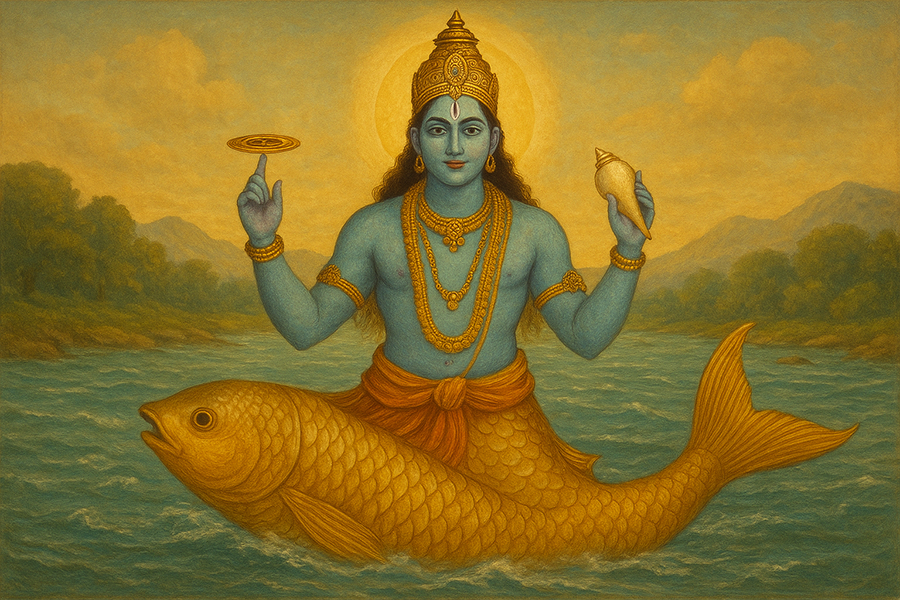
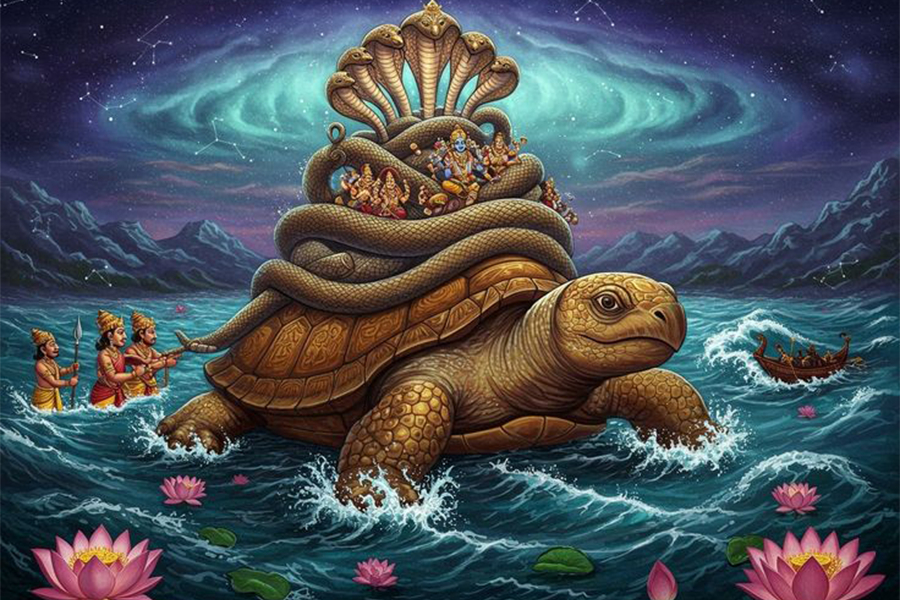
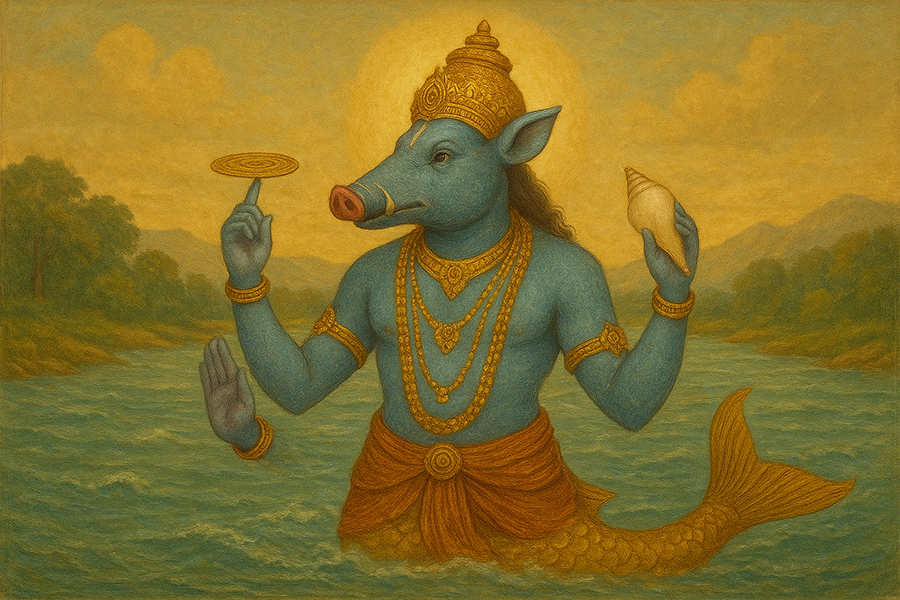
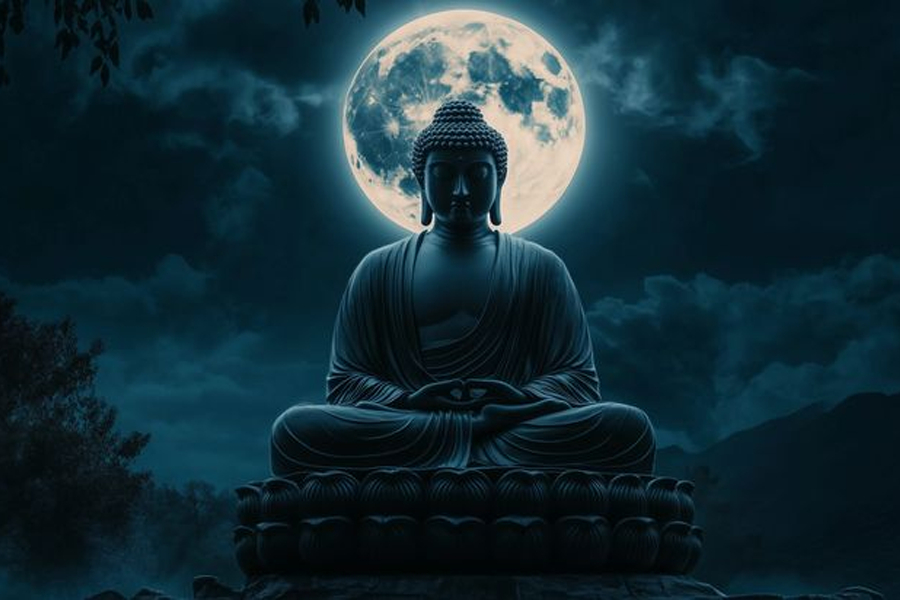
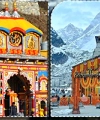

.webp?tr=w-100,h-120,f-webp)







.webp%3Ftr%3Dw-370%2Ch-200%2Cf-webp&w=750&q=80)



















